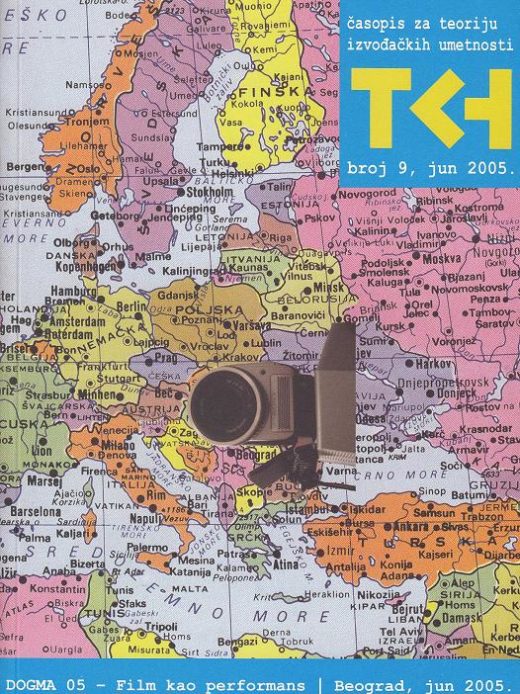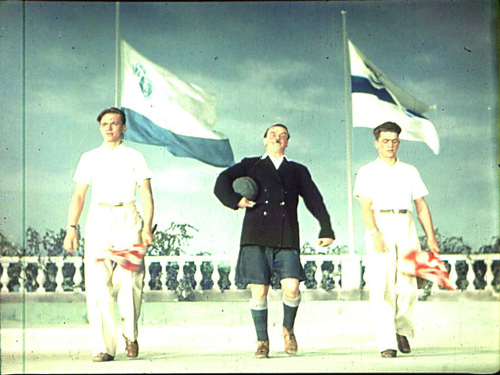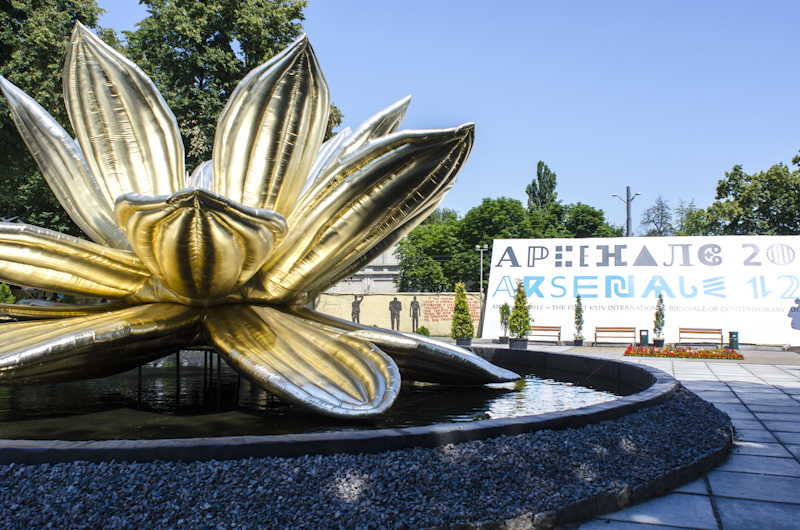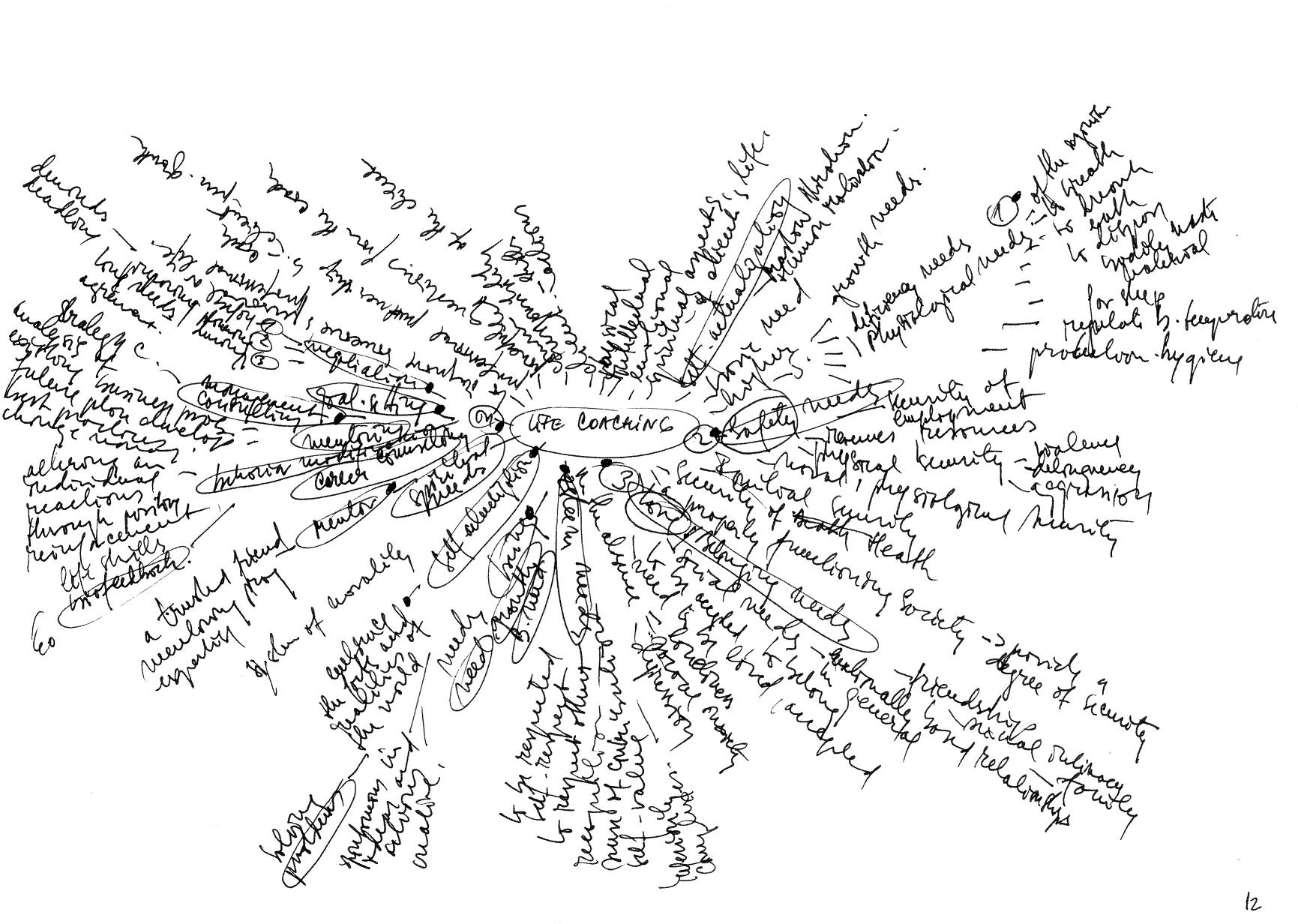Interview with Matei Bejenaru
Matei Bejenaru is a visual artist who lives and works in Iasi, Romania. He teaches photography and video art at “George Enescu” University of Arts. He is founding member of Vector Association in Iasi and director of the Periferic Contemporary Art Biennial (1997-2008). He has participated in several group exhibitions, including those at Level 2 Gallery, Tate Modern, London (2007) and the Taipei Biennial (2008). Between November 2010 and July 2011, his experimental project for choral music Songs for a better future was shown at The Drawing Room and Tate Modern (Turbine Hall) in London, at Western Front in Vancouver, … Read more



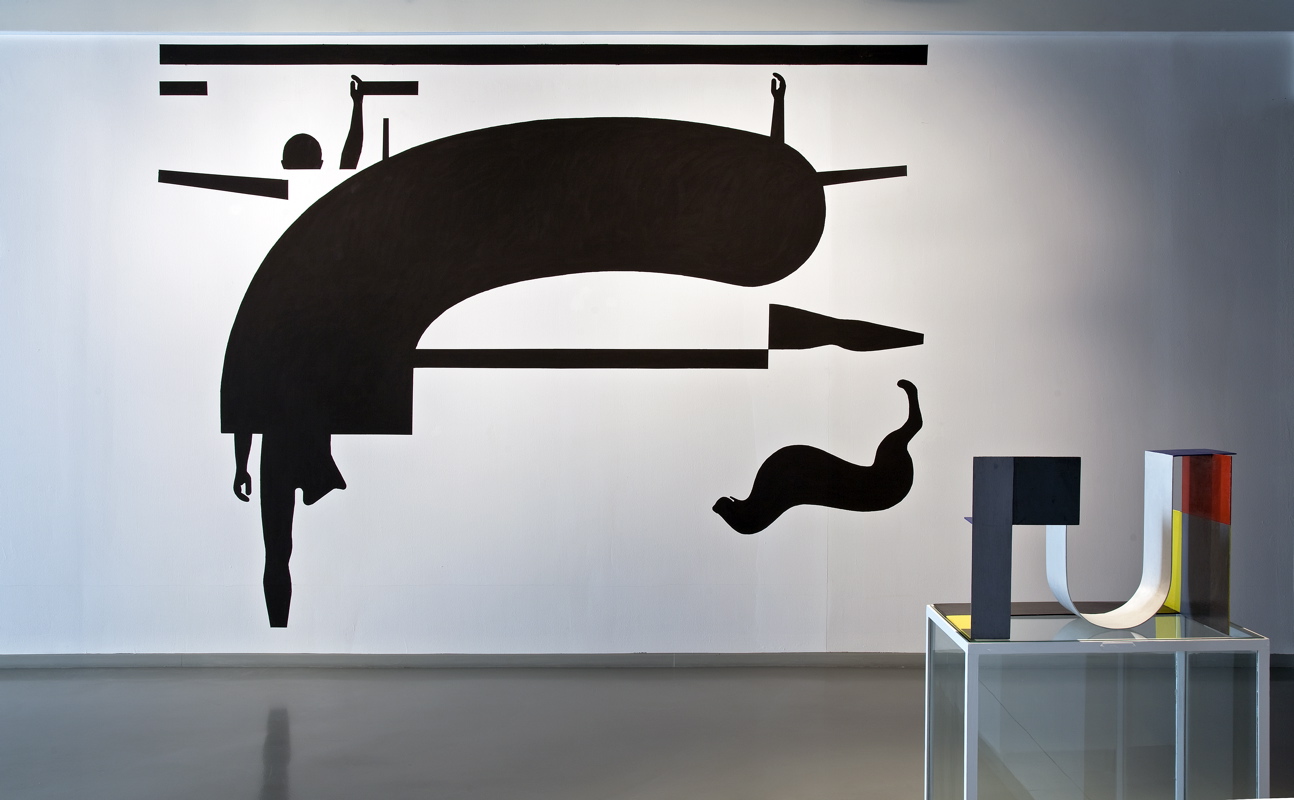



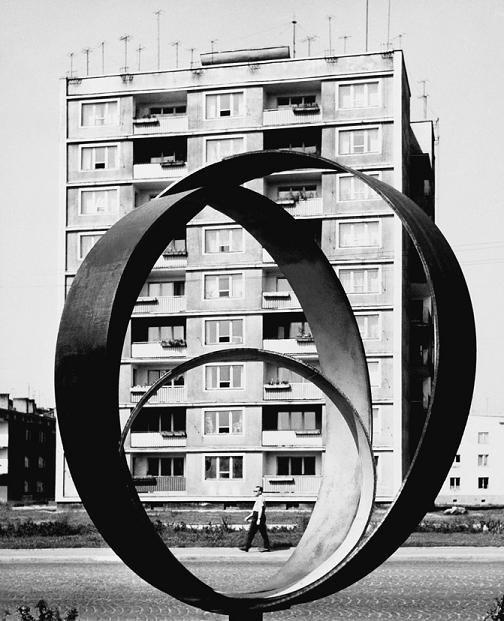
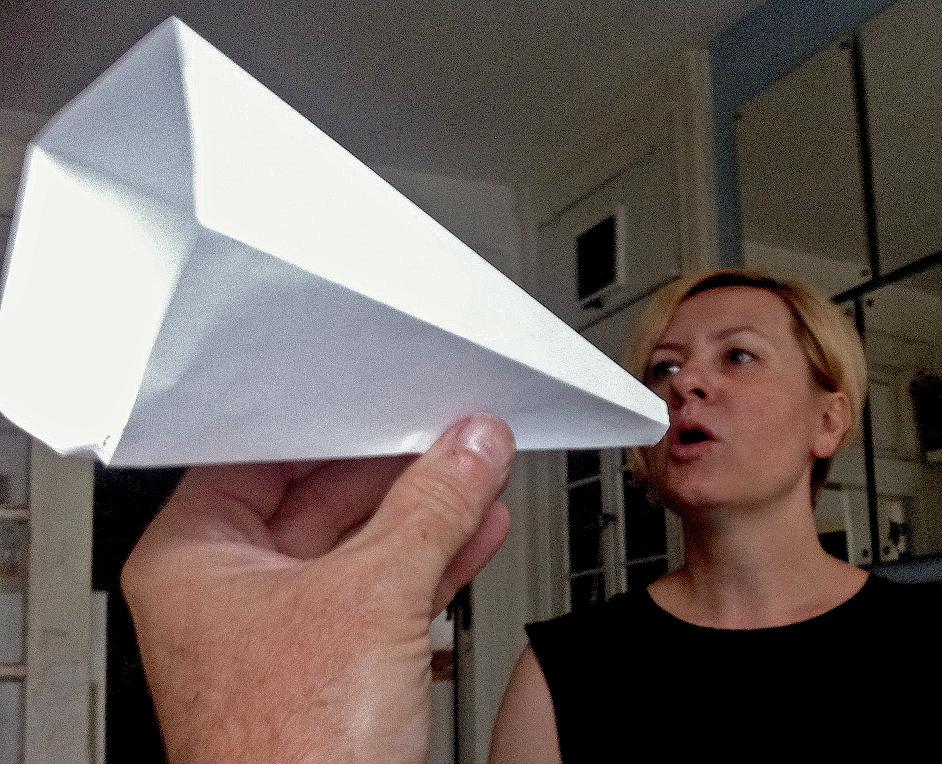
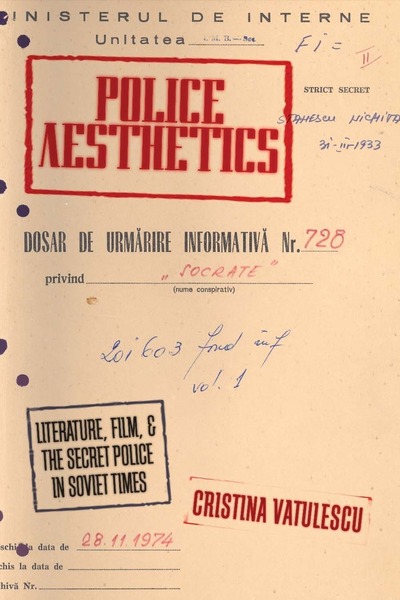



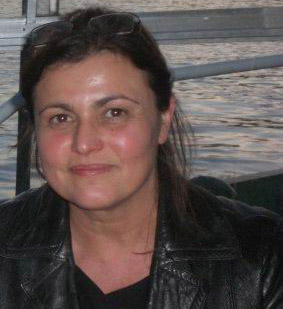
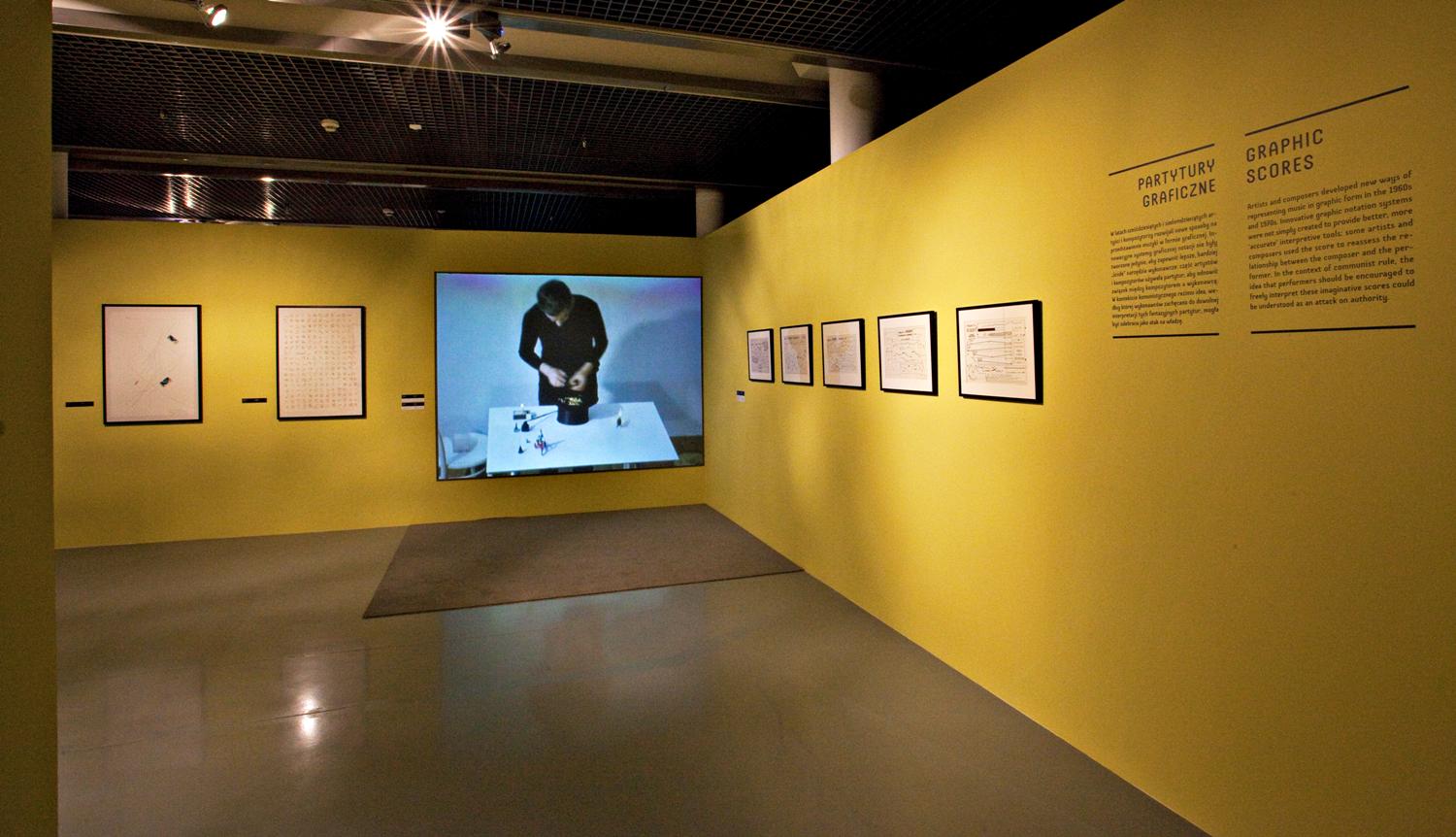
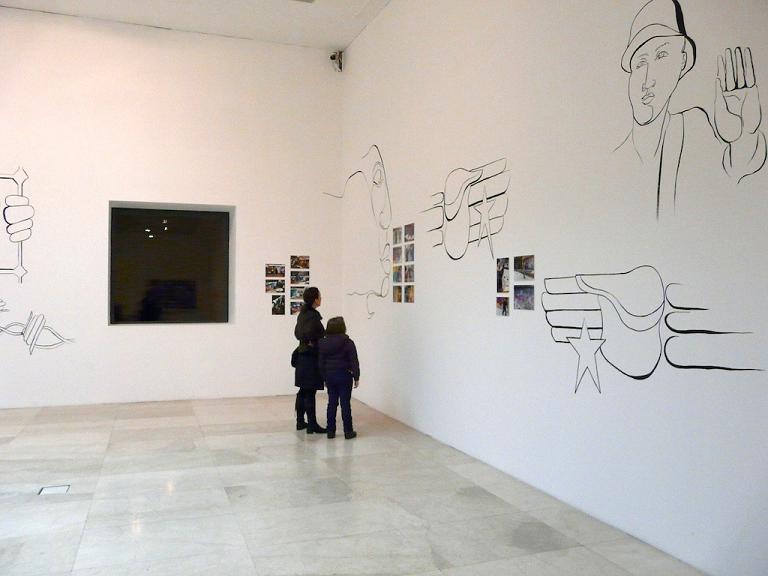
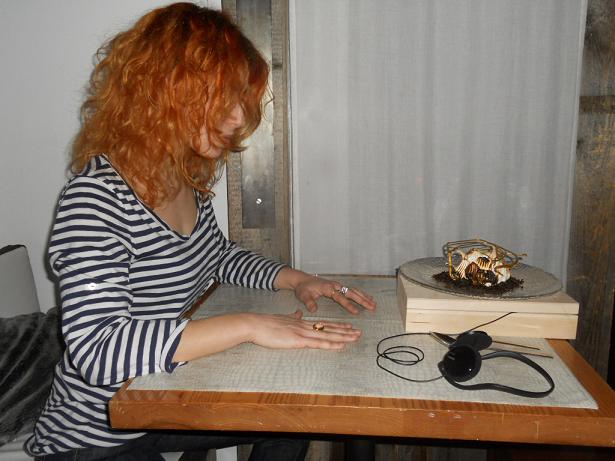
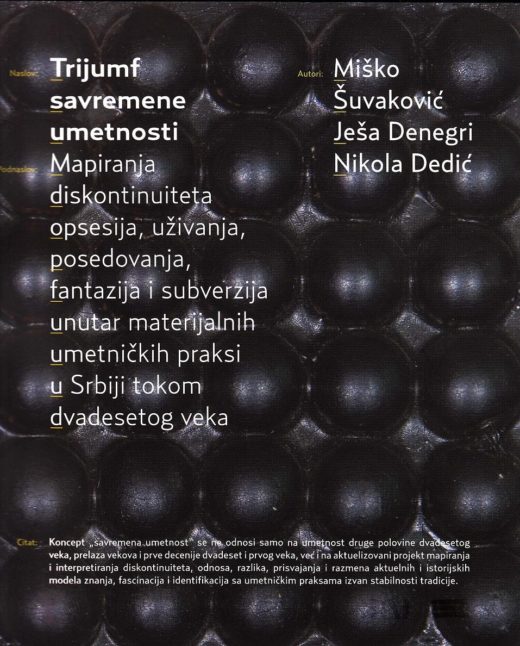
,%20History%20of%20Art%20in%20Serbia%20in%2020th%20Century,%20book%20cover,%202011.jpg)
